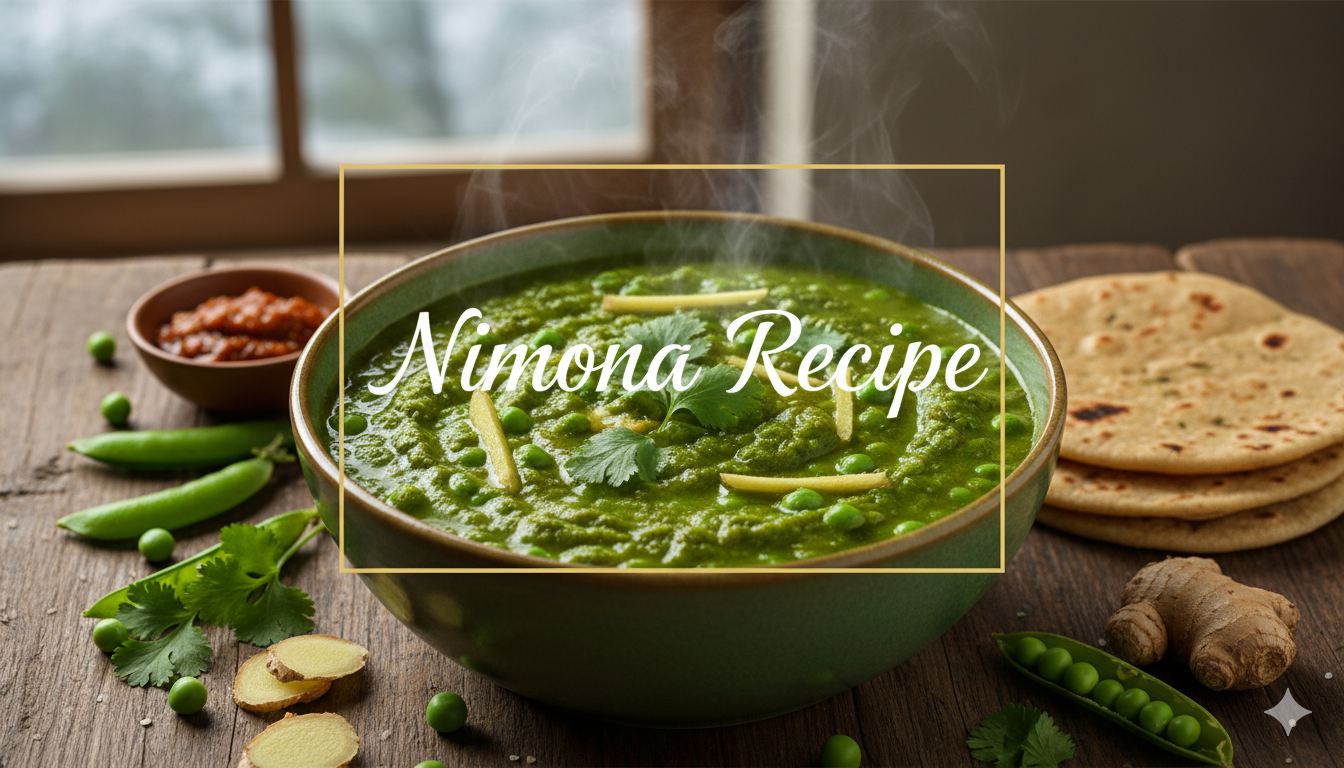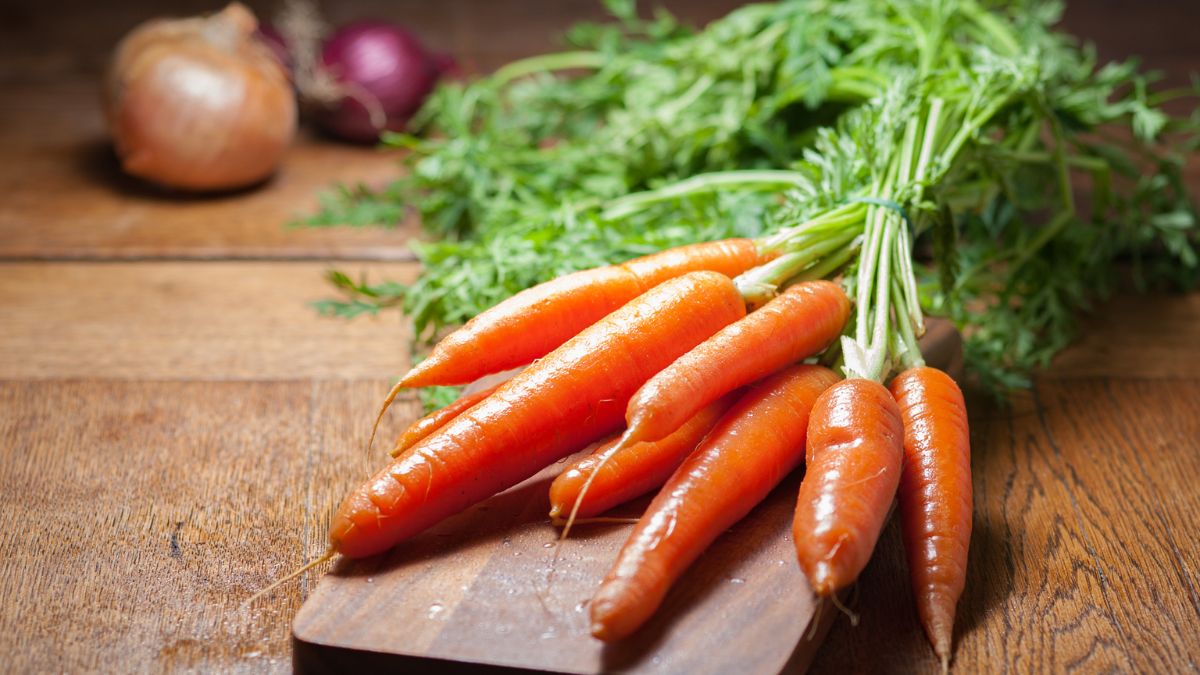Homebrew wines may not amuse as ales do, but it’s hard to turn up your nose at a sloe gin
My favourite novel about alcoholism is Gerard Woodward’s I’ll go to Bed at Noon, which was shortlisted for the Booker prize in 2004. For most of the Jones clan, beer is the poison of choice, but one of the family takes a more DIY approach: “Cucumber wine, cauliflower champagne, brussels sprout whisky. That was where all the fruit and vegetables from this extensive kitchen garden went – into the fermentation bins of Janus Brian’s home-brewing kits.”
From this quote alone, you should be able to tell when the novel is set. In the 1970s making your own wine from home-grown vegetables was a popular pastime. The often disgusting results were a running joke of television comedy. Margot and Jerry Leadbetter turn their noses up at Tom and Barbara’s concoctions in The Good Life, and Reggie’s son-in-law Tom makes an undrinkable nettle and parsnip wine in The Fall and Rise of Reginald Perrin.
Wines such as these are made by steeping your plant of choice in boiling water for a number of days, straining the liquid and then adding a lot of refined sugar and yeast and leaving it to ferment. Unlike proper wine or cider the alcohol comes from the added sugar rather than the fruit.
Despite their rather seedy image, country wines have a long and noble lineage. For the philosopher Roger Scruton growing up in rural Lincolnshire, “wine” meant elderberry wine. “None compares with elderberry wine which, because of its quota of tannin, will mature for several years in the bottle, acquiring its own splenetic English finish.”
Home brewing is currently undergoing something of a renaissance. There’s a beautifully illustrated book out now called Artisan Drinks by Lindy Wildsmith, which shows you how to make elderflower champagne etc. I’m put off, however, by all that mucking around with sterilising tablets, yeast and glass demijohns to make something that’s never going to be as nice as wine made from grapes.
I am tempted, though, by sloe gin. It’s the one English country drink that has never gone out of fashion, probably because it’s so easy to make a palatable version. You simply steep the sloes in gin with lots of brown sugar, wait a couple of months, strain and then leave the resulting drink to mature for a few more months. If this is still too much work for you then Greenall’s do a very nice ready-made one.
It’s traditionally drunk neat as a winter drink but also functions as grown-up Ribena. Mixed with lots of ice, fizzy water and a wedge of lime, it’s the perfect “I’m-not-drinking-but-really-I-am” drink.
It’s certainly nicer than the tomato sherry in Woodward’s novel, which tasted “as though something had jumped out of the glass and punched her in the nose”.
- Henry Jeffreys is a drinks writer based in London. His first book, Empire of Booze, will be published by Unbound in 2016. Twitter: @henrygjeffreys
Jerry and Margot Leadbetter may have turned their noses up at Tom and Barbara’s homebrew wines, yet probably weren’t averse to a little nip of sloe gin. (From 1970s UK sitcom The Good Life) Photograph: PA












